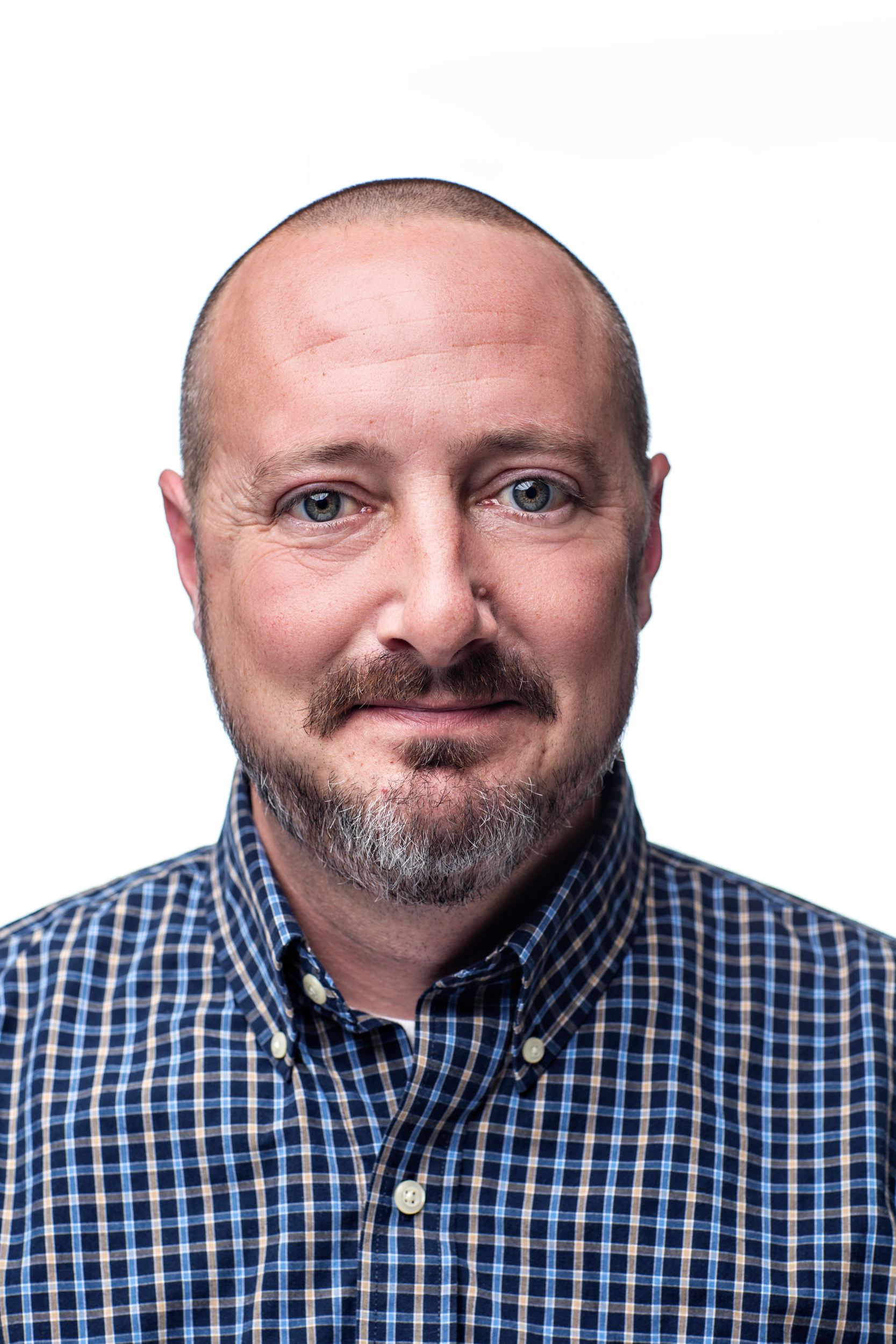Fire Engineering Webinar with 908 Devices
Webinar Date: Wednesday, December 11
Webinar Time: 11 AM ET / 10 AM CT / 8 AM PT
About this Webinar:
Join us for an insightful webinar featuring Phil Ambrose as he explores how advanced technologies like Fourier Transform Infrared (FTIR) and High Pressure Mass Spectrometry (HPMS) can simplify hazmat response operations. Moderated by Dr. Mark Norman, this discussion will cover everything from routine calls, such as carbon monoxide and odor detection, to more complex incidents involving multiple chemical substances.
Through real-world examples, you’ll learn how combining basic gas detectors with advanced tools can enhance your hazmat response capabilities. Whether you’re part of a first due engine company using essential gas detection equipment or a dedicated hazmat team with extensive resources, this session will demonstrate how integrating FTIR and HPMS into your protocols can accelerate decision-making and improve outcomes. Both recon operators and incident commanders will gain valuable insights into how these technologies can boost safety for responders, the public, and property during chemical incidents.

Meet the Speakers

Dr. Mark Norman
Sr. Field Applications Scientist
908 Devices
Dr. Mark L. Norman is a Senior Field Applications Scientist and Optical Technology Subject Matter Expert for 908 Devices. He holds a B.S. in Chemistry from West Virginia Wesleyan College and a Ph.D. in Analytical Chemistry from the University of North Carolina at Chapel Hill. His graduate research focused on the infrared spectroscopic properties of stratospheric aerosols, and he is an author on seven peer-reviewed publications, including a 2003 collaboration with global climatology scientists from NASA. Since his professional career began in 2001, Dr. Norman has worked with detection technologies for emergency response, and he is an inventor on two patents for the development of hazardous gas and vapor identification systems. He has developed and delivered numerous scenario-based training courses for chemical detectors and has taught chemical science courses including General Chemistry and Quantitative Chemical Analysis at Bridgewater State University in Massachusetts. In addition to FTIR and Raman optical technologies, Dr. Norman’s other areas of analytical expertise include IR lasers, broadband and hyperspectral IR imaging, high-pressure mass spectrometry, and chemical sensing.

Phil Ambrose
BC and Hazmat Specialist
HazSim
In addition to founding HazSim, Phil Ambrose is a Fire Battalion Chief/Hazardous Materials Specialist for a metropolitan fire department in Southern California. Prior to joining the fire service, Phil held positions within EH&S and Hazardous/Radioactive materials management with the University of California at Los Angeles (UCLA) and biotech leader, Amgen. As Hazardous Waste Manager/ Hazardous Materials Specialist for UCLA, Phil served as training officer for the UCLA Hazardous Materials Response Team (HMRT), was UCLA ‘s representative for a system-wide hazardous waste committee which included National Labs, and managed the removal of chemical, radioactive and biological waste from the campus and the UCLA Medical Center.
Phil received the Exceptional Public Service Award from the United States Federal Bureau of Investigations (FBI) for serving as a training liaison to their Hazardous Materials Response Team, and is currently the Board Secretary of the LA Based Consortium of Technical Responders (CTR). Phil has had positions in several areas of hazardous materials; including waste management, radiation safety, training, and regulatory management within University, Hospital, Industry, and Municipal jurisdictions since 1994. Phil has trained members of fire, law enforcement, and Industry and is a certified outreach instructor. Phil holds a Bachelor’s degree in Mechanical Engineering from Loyola Marymount University, is a certified Paramedic, and holds several Hazardous Materials certifications. He has also conducted hundreds of hands-on training courses around the nation and around the world. The HazSim system is in use in municipal and private venues across the U.S. and was granted three U.S. Patents.